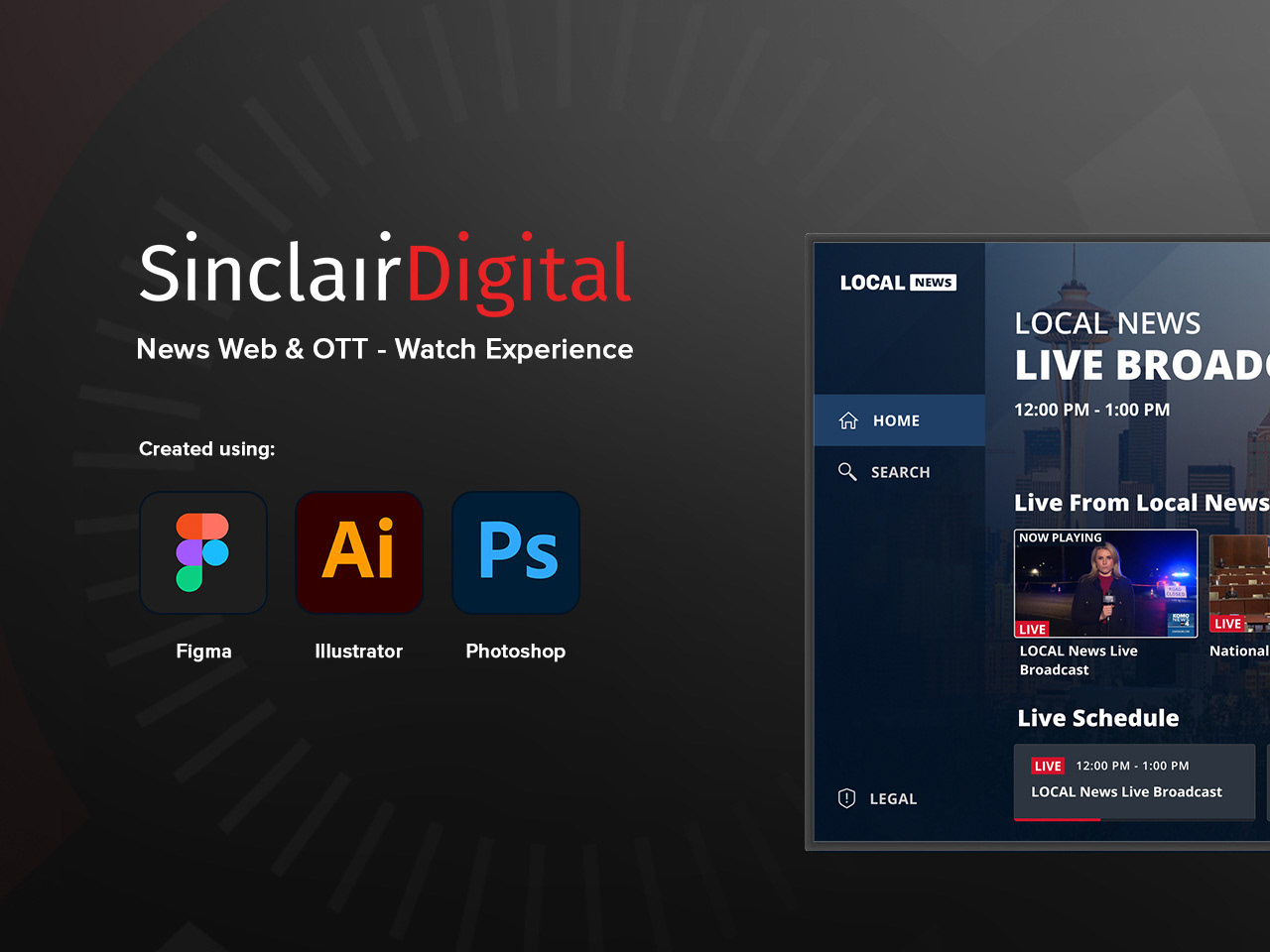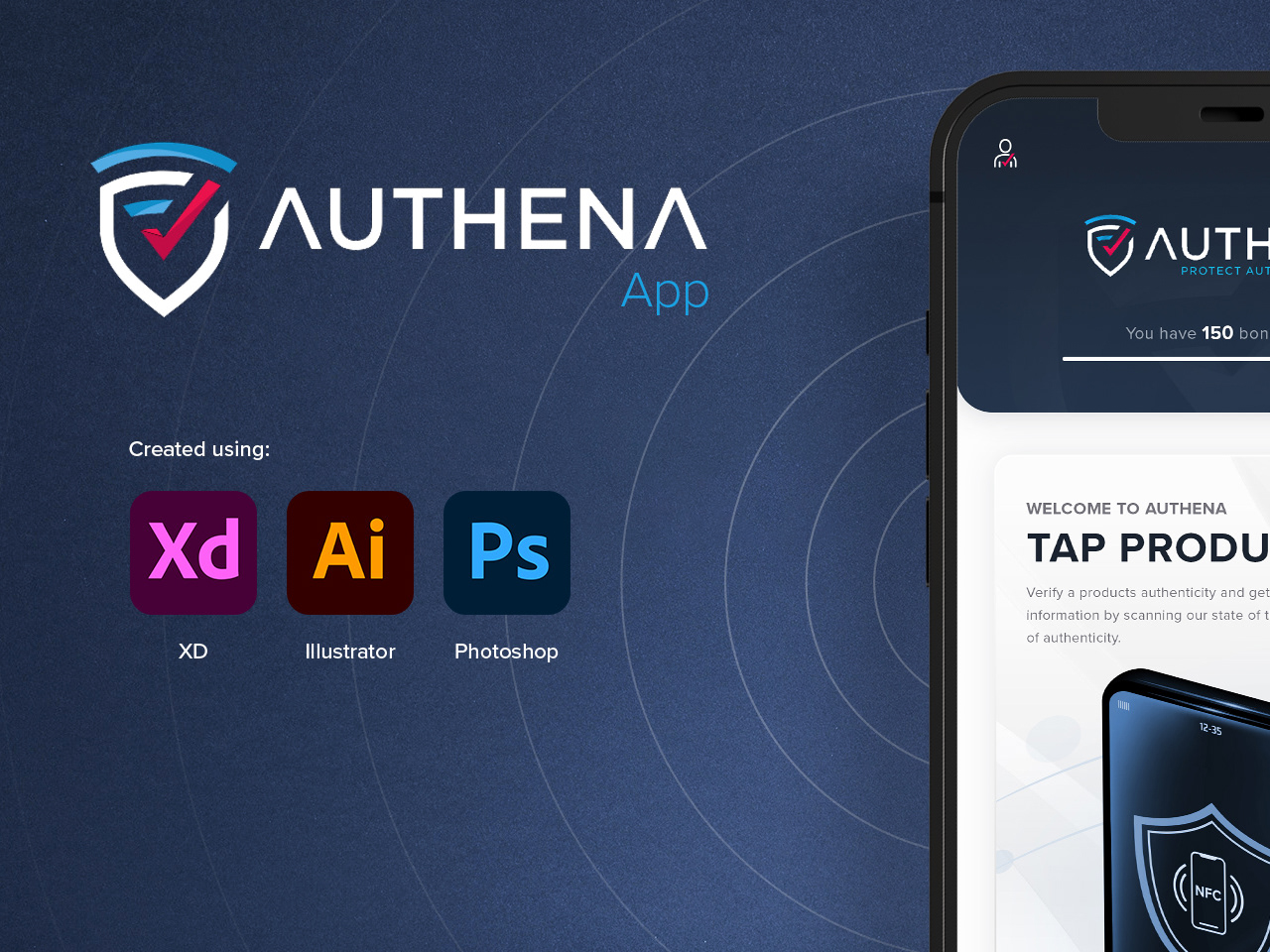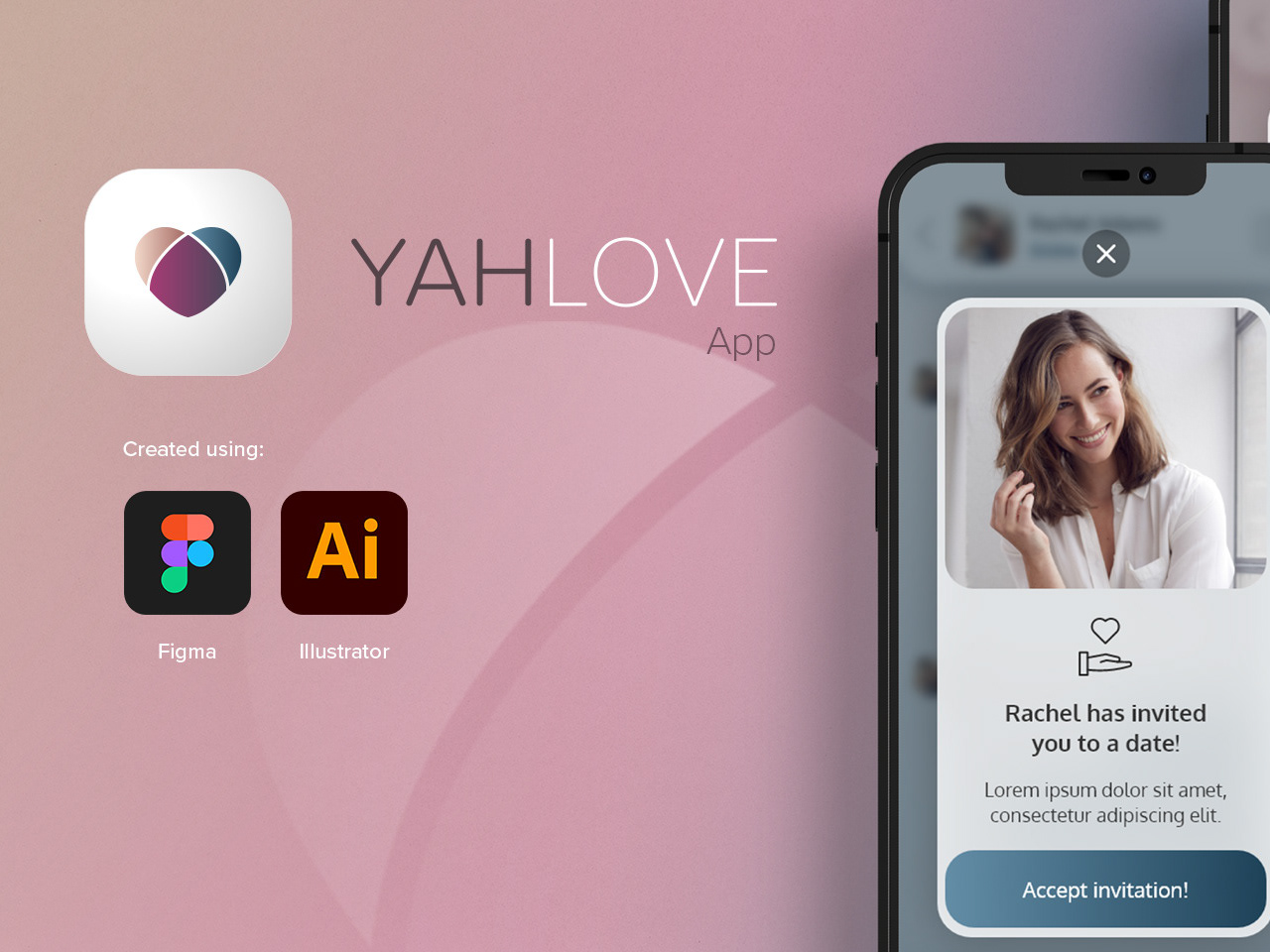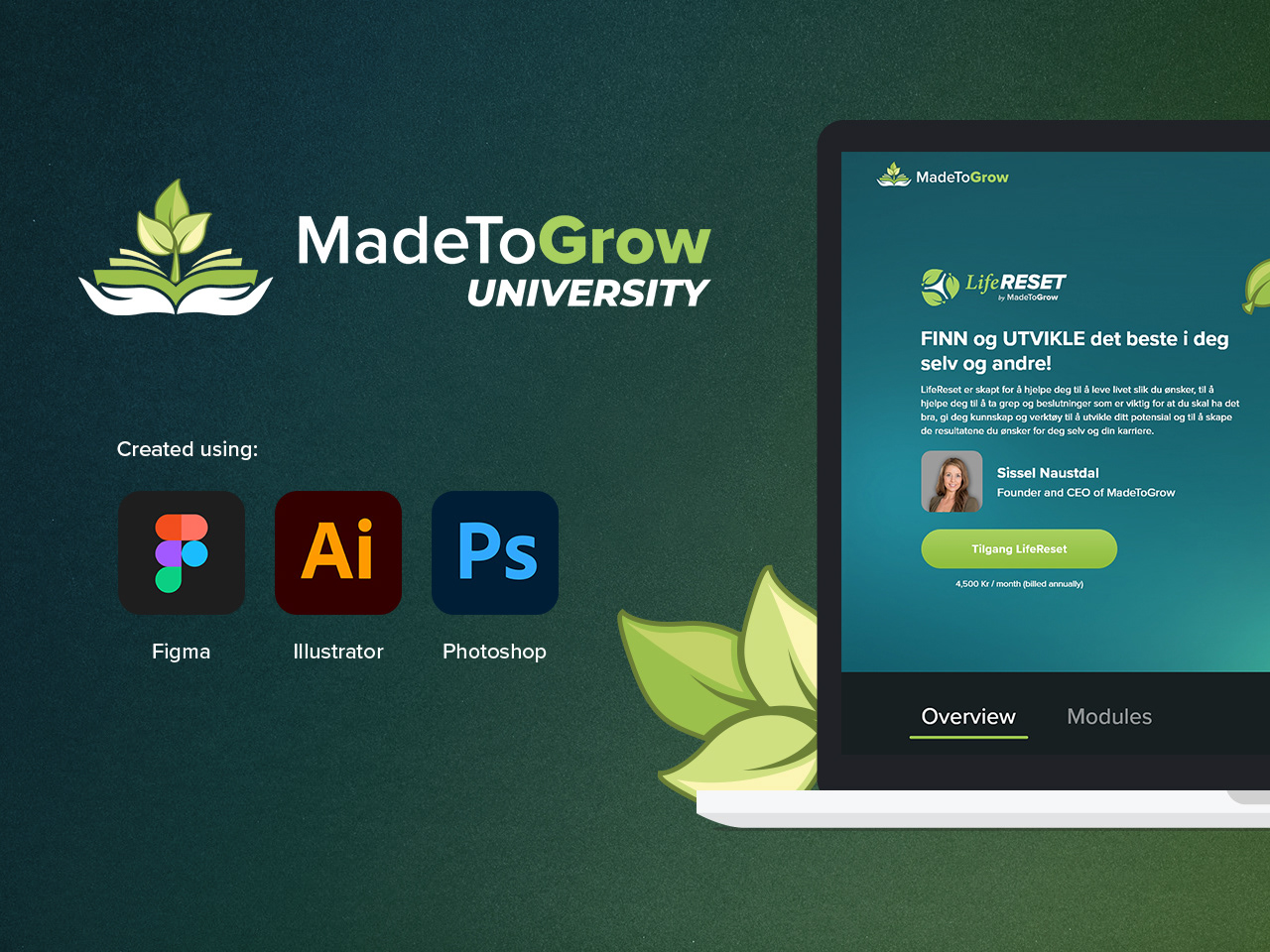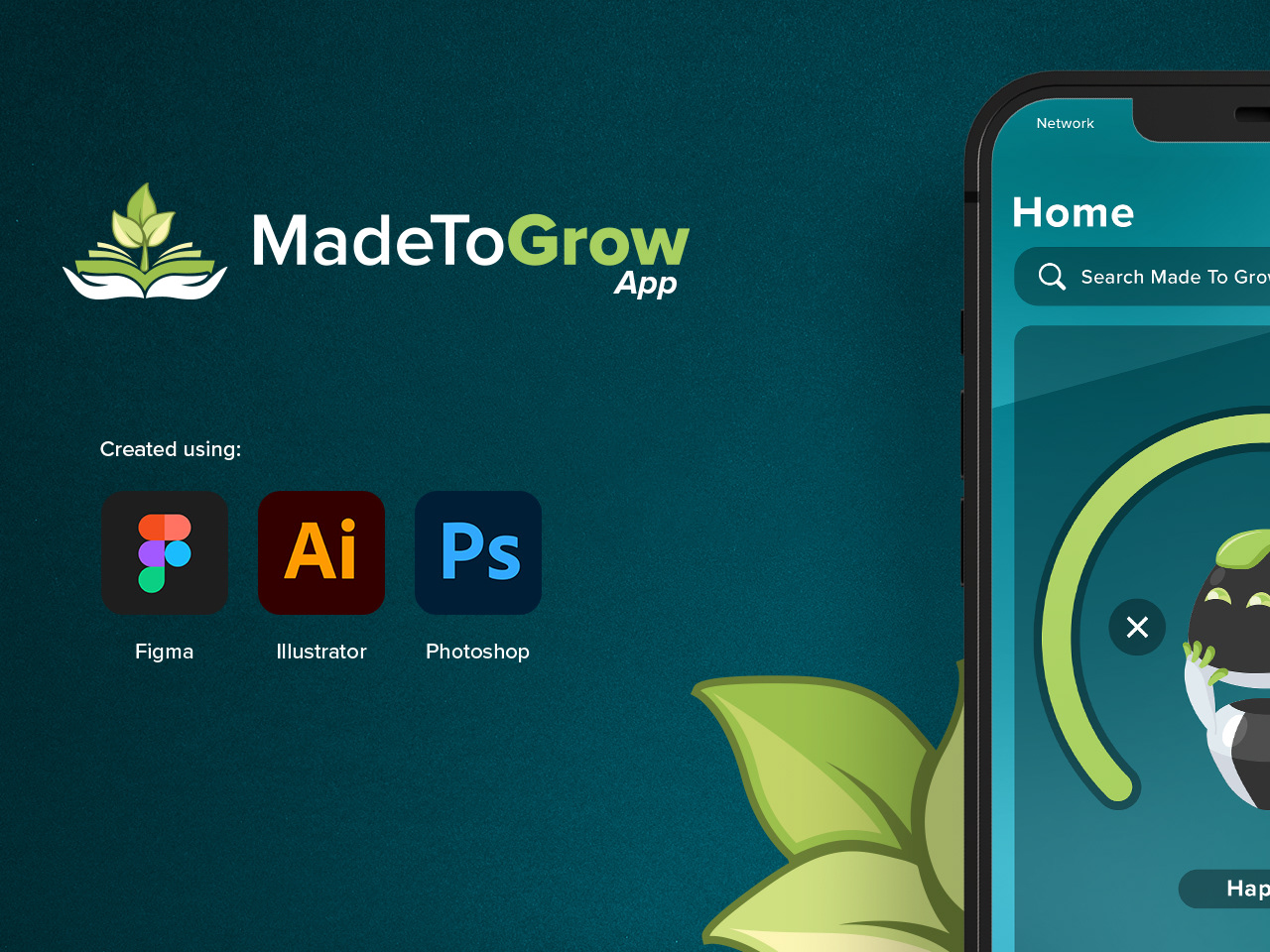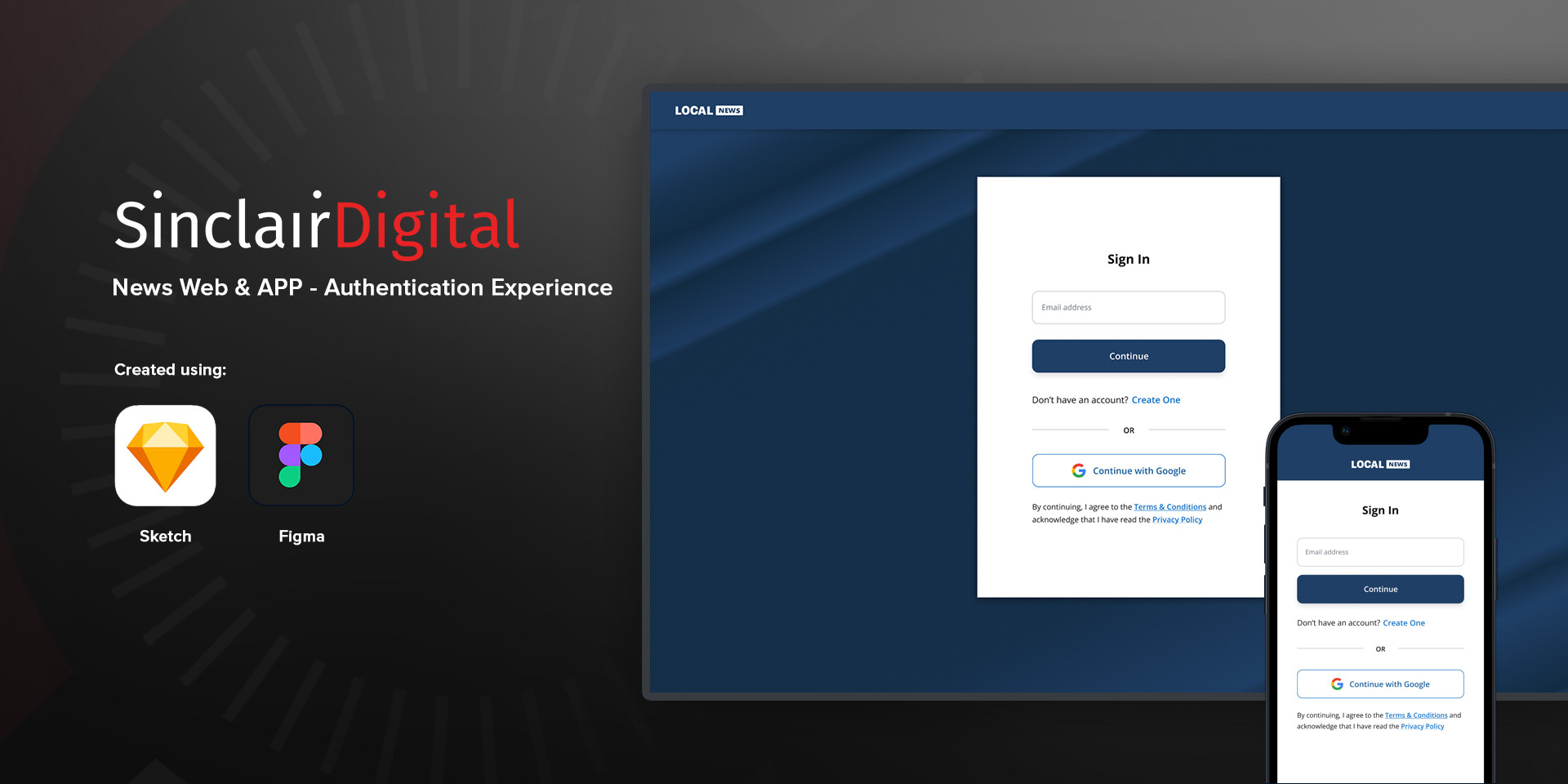
Project Overview
This case study covers the redesign of Sinclair Broadcast Group’s sign-in experience across multiple news sites. The project aimed to modernize user authentication, enhance security protocols, improve the speed and reliability of account access, and support a smoother user commenting journey, which was critical to engagement goals.
I led the UX strategy, collaborating with product managers, developers, and Auth0 specialists to ensure a seamless, scalable experience across platforms.
My Role
Lead Product Designer
Entire product design from research to experience and interface design, interactive prototype design, user testing and validation, stakeholder walkthroughs, developer-design communication, and more...
Project Date: Jan 2023 - June 2023 + Ongoing improvements
Problem Statement
Sinclair’s legacy sign-in system struggled to meet modern user expectations and internal business goals. Users frequently encountered inconsistent experiences across brands, slow authentication, unclear error messaging, and outdated security measures all contributing to higher drop-off rates and growing negative feedback.
Beyond basic authentication issues, the broken login-to-comment journey became a major engagement blocker. Users attempting to comment were often met with authentication errors, confusing redirects, or dead ends, leading to frustration and reduced participation across news properties.
From a business perspective, the platform lacked scalability and flexibility, making it difficult to adapt to emerging security standards. One of the project’s core requirements was to integrate Auth0 as the new authentication provider, offering enhanced security, future-proofing the system, and enabling features like social login, passwordless authentication, and multi-factor security out of the box.
The challenge was clear: deliver a frictionless, trustworthy sign-in experience that not only secured user access but also revived critical engagement paths like commenting, without sacrificing speed or scalability.
Research & Analysis
To ground the redesign in real-world needs, I began with a comprehensive competitive analysis of both direct (news and media sites) and indirect (streaming platforms, content aggregators) competitors. This helped establish modern authentication expectations around speed, clarity, and security.
I also explored the technical capabilities of our selected platform, Auth0, ensuring that our sign-in flows could integrate advanced security features such as multi-factor authentication, passwordless options, and session management — while keeping the user experience frictionless.
Additionally, I leveraged existing data reports from Sinclair’s internal research team to validate user behavior patterns, identify common points of failure, and prioritize features based on user needs and operational goals. This research approach allowed us to balance innovation with practicality, aligning with both user expectations and business scalability.
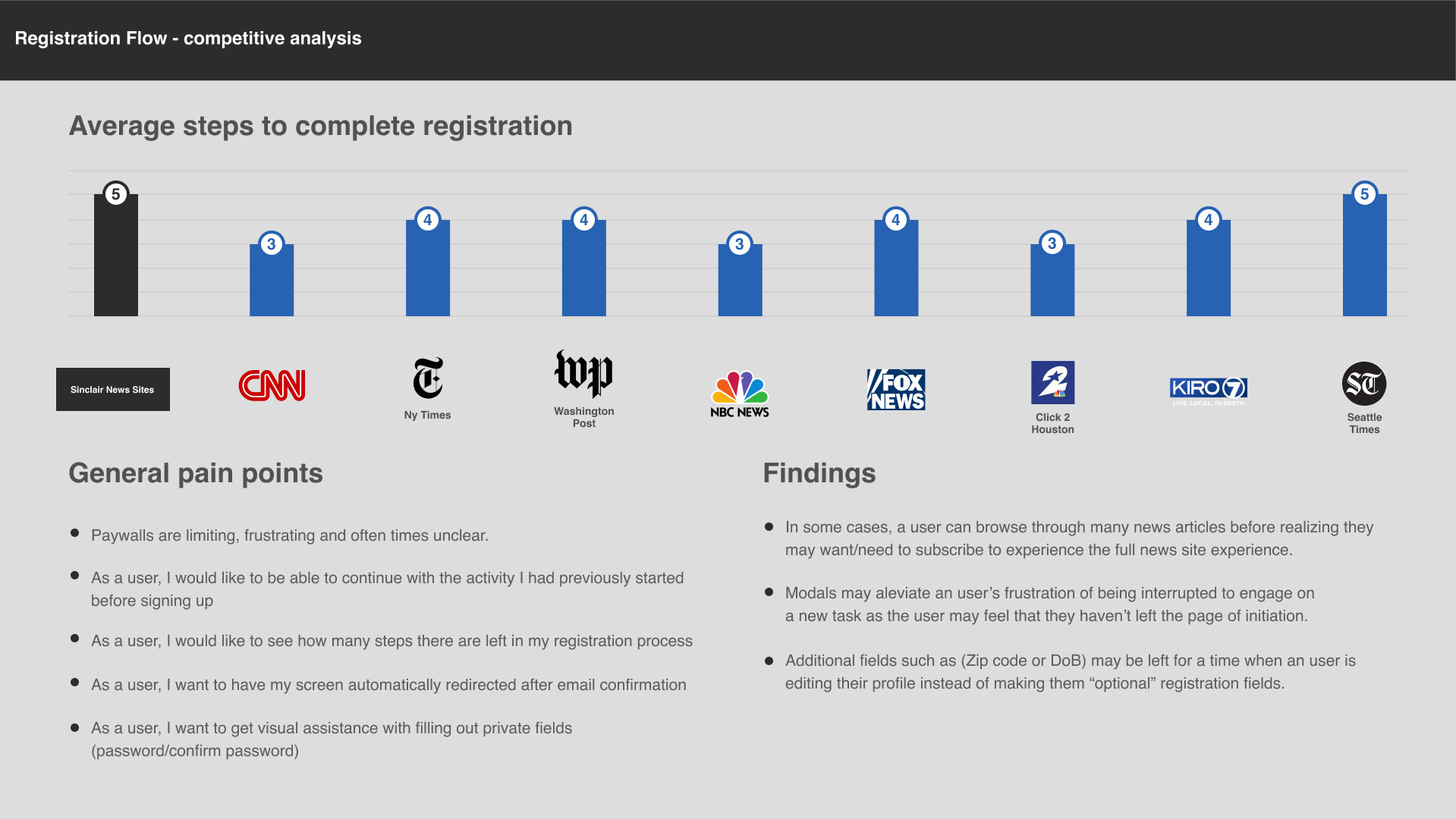
Design Strategy
The design strategy was centered on balancing security, simplicity, and scalability. Every decision prioritized user trust and minimal friction while meeting Sinclair’s operational need for a secure, modular authentication framework. I aimed to create a clean, unified sign-in experience that could scale across Sinclair’s diverse portfolio without sacrificing brand flexibility.
Key goals:
Seamlessly integrating Auth0 features like multi-factor authentication and social login while maintaining a cohesive UI.
Developing a modular, brand-agnostic sign-in template that allowed for custom logos and themes without altering core behaviors.
Ensuring that the redesigned flows were mobile-first, a functional across platforms and support multi-device entry/end point interaction.
Future-Proofing was a must, I needed to design adaptable flows that could accommodate emerging features like passwordless login or biometrics with minimal rework, in addition to upcoming features such as user profile, bookmarking, playlists, etc.
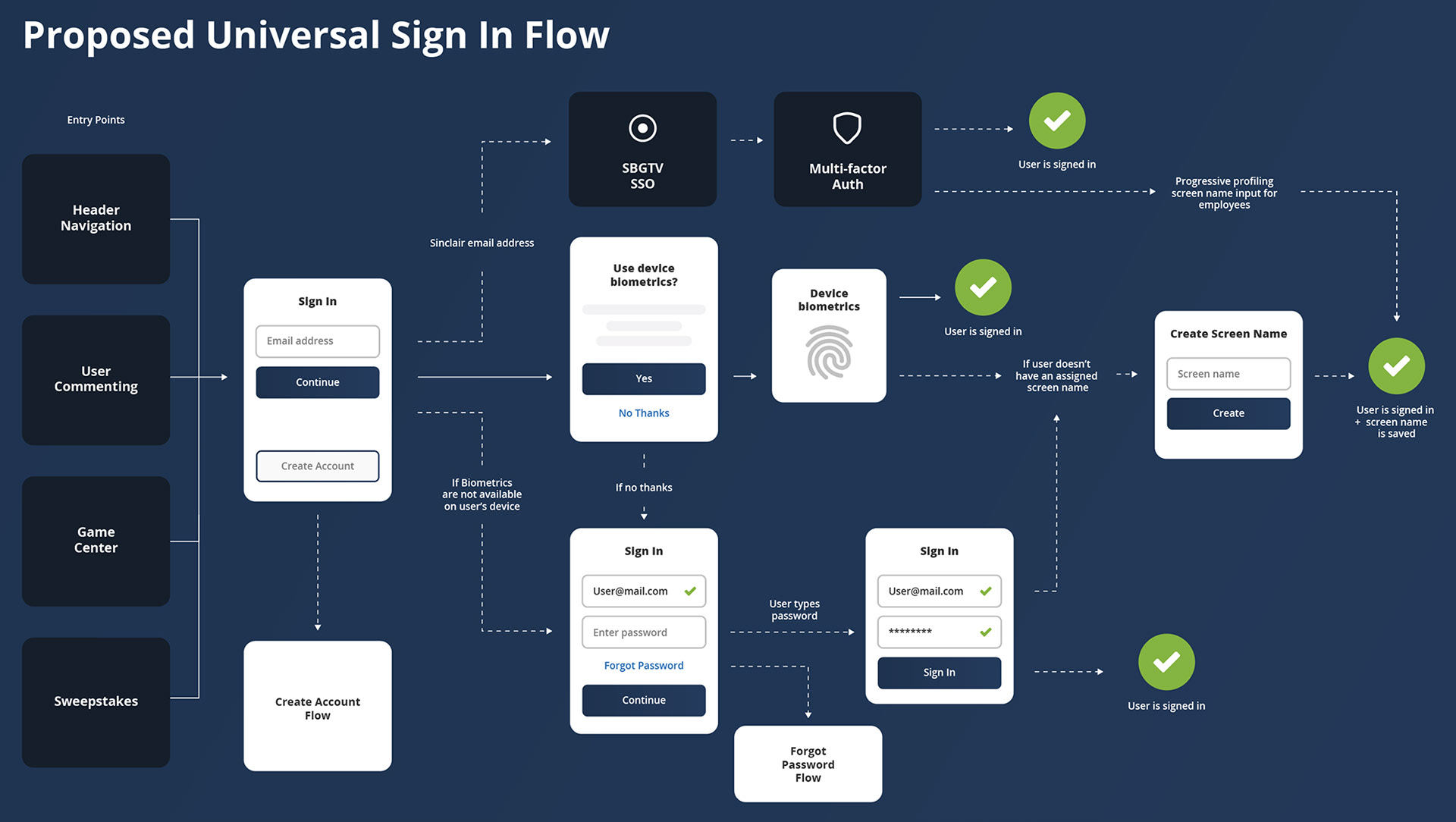
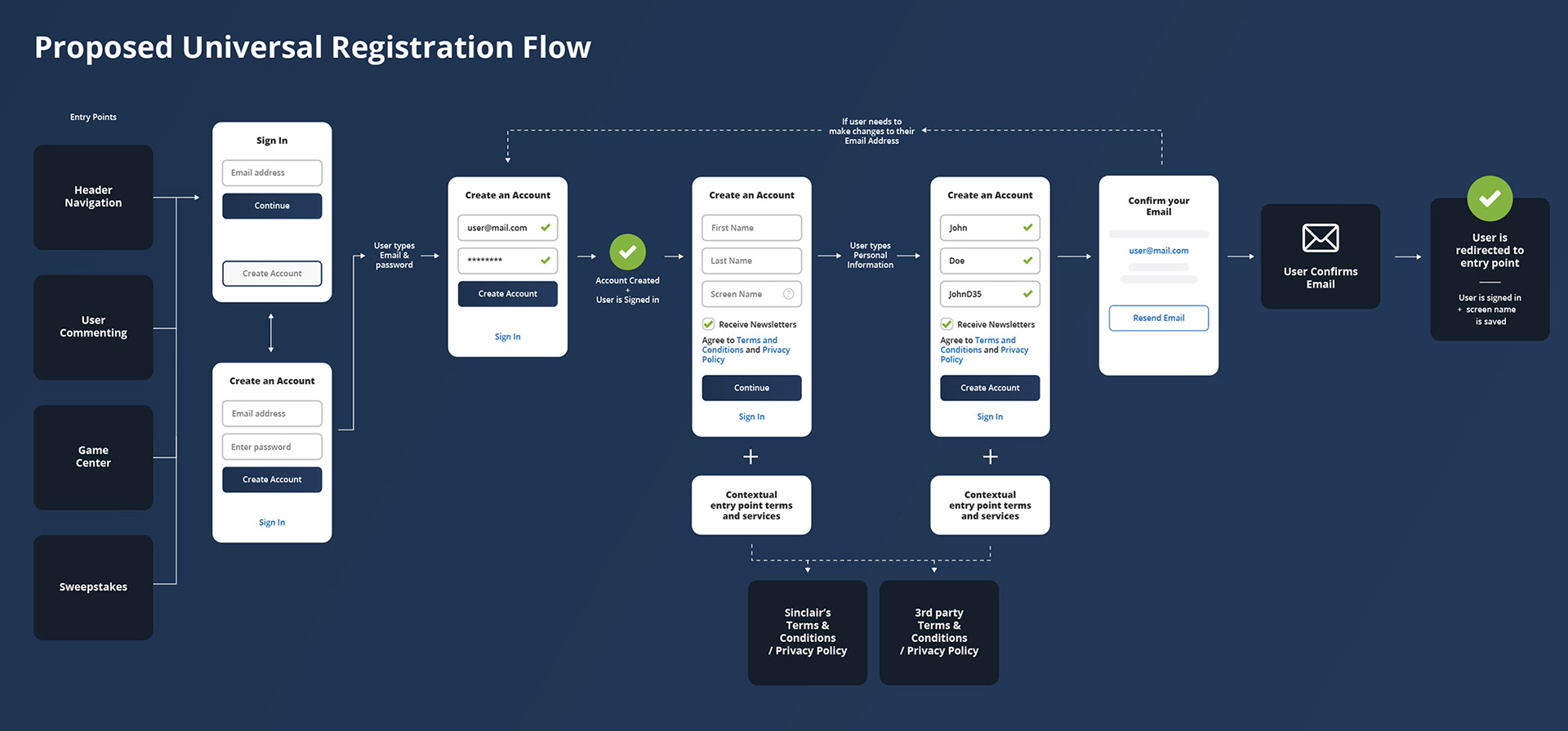
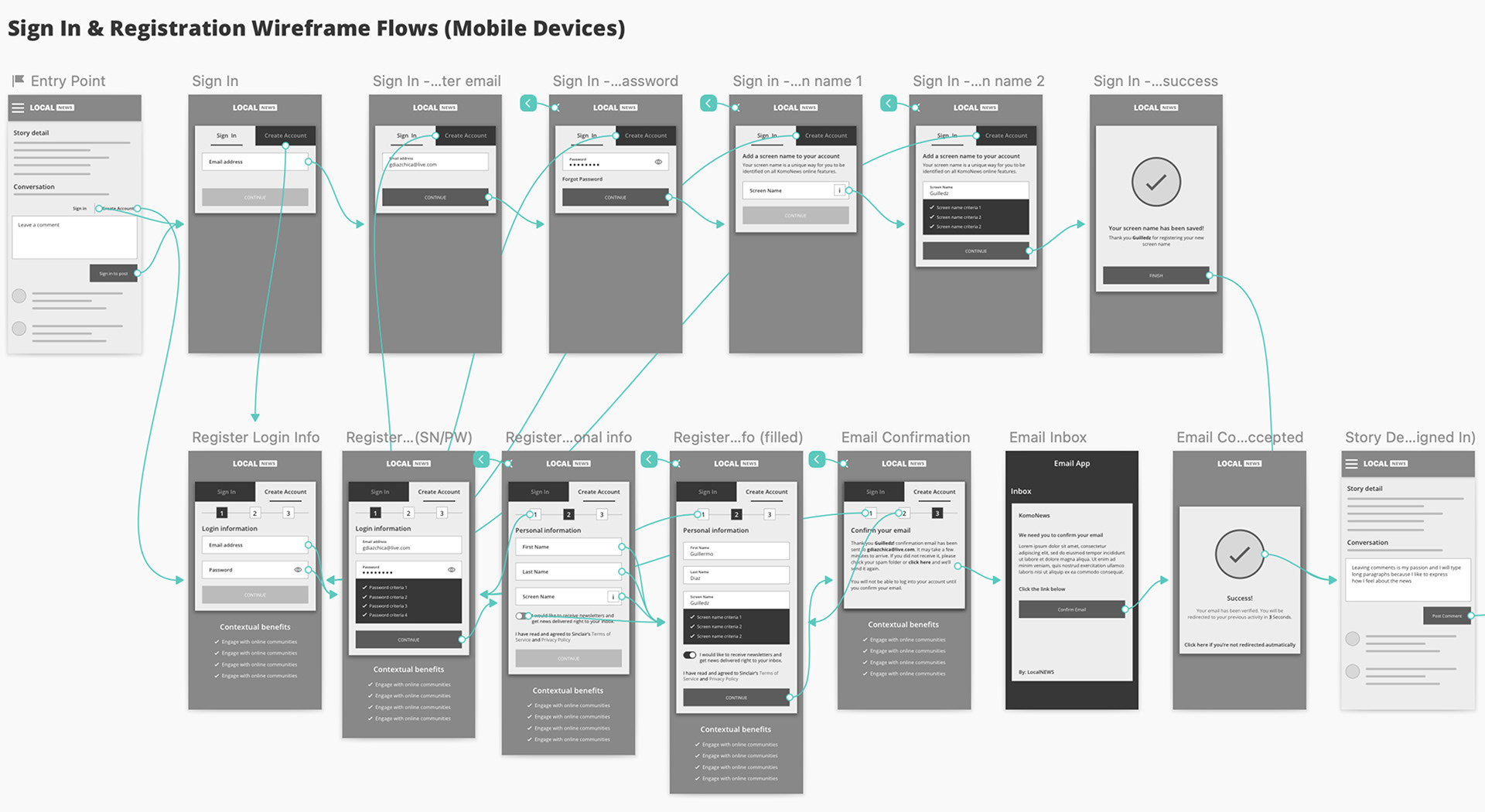
Rather than delivering a one-time solution, I approached the redesign as an iterative process — evolving the sign-in experience through continuous refinement, validation, and scalability testing.
The initial goal was to streamline security, speed, and brand consistency across Sinclair’s platforms. Through early prototyping and internal feedback loops, I introduced a unified login flow, embedding Auth0 for flexible, modern authentication features like multi-factor authentication and social login. As usability feedback surfaced, I redesigned error handling to prioritize user recovery and added clearer interaction patterns for password recovery and session timeouts.
This iterative process allowed the final design to stay tightly aligned with user needs while meeting Sinclair’s security and performance requirements, balancing both technical and user experience priorities at every stage.
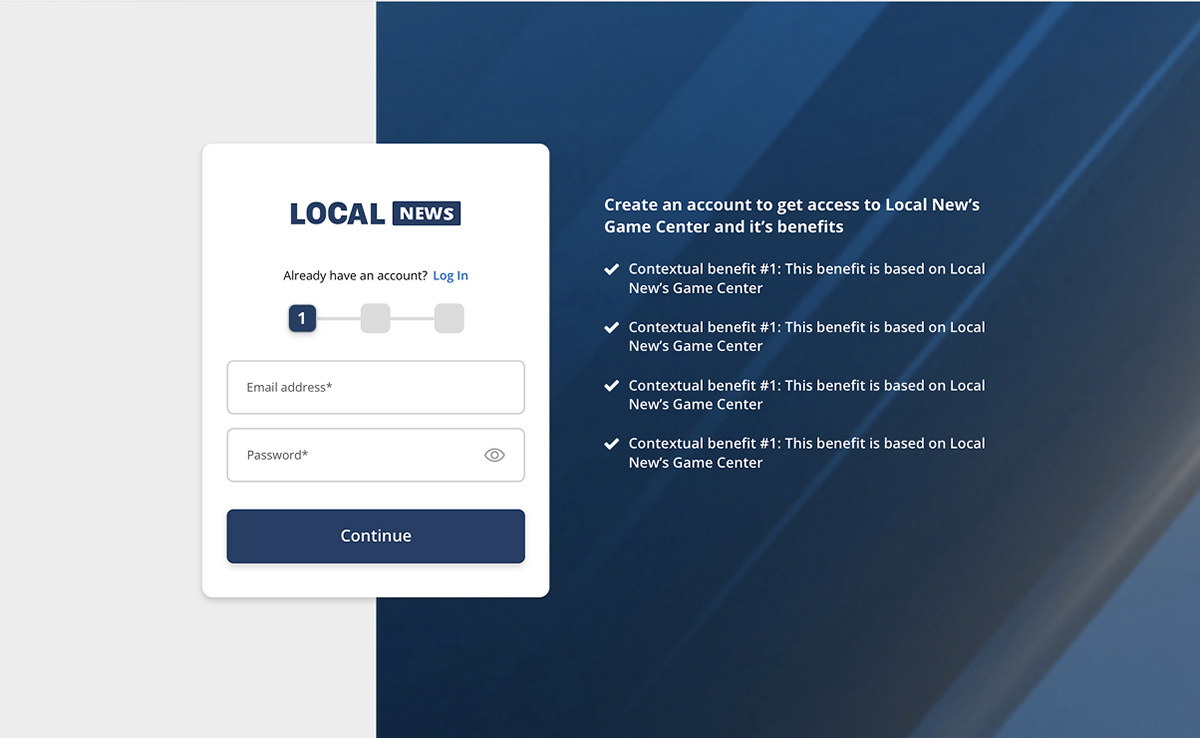
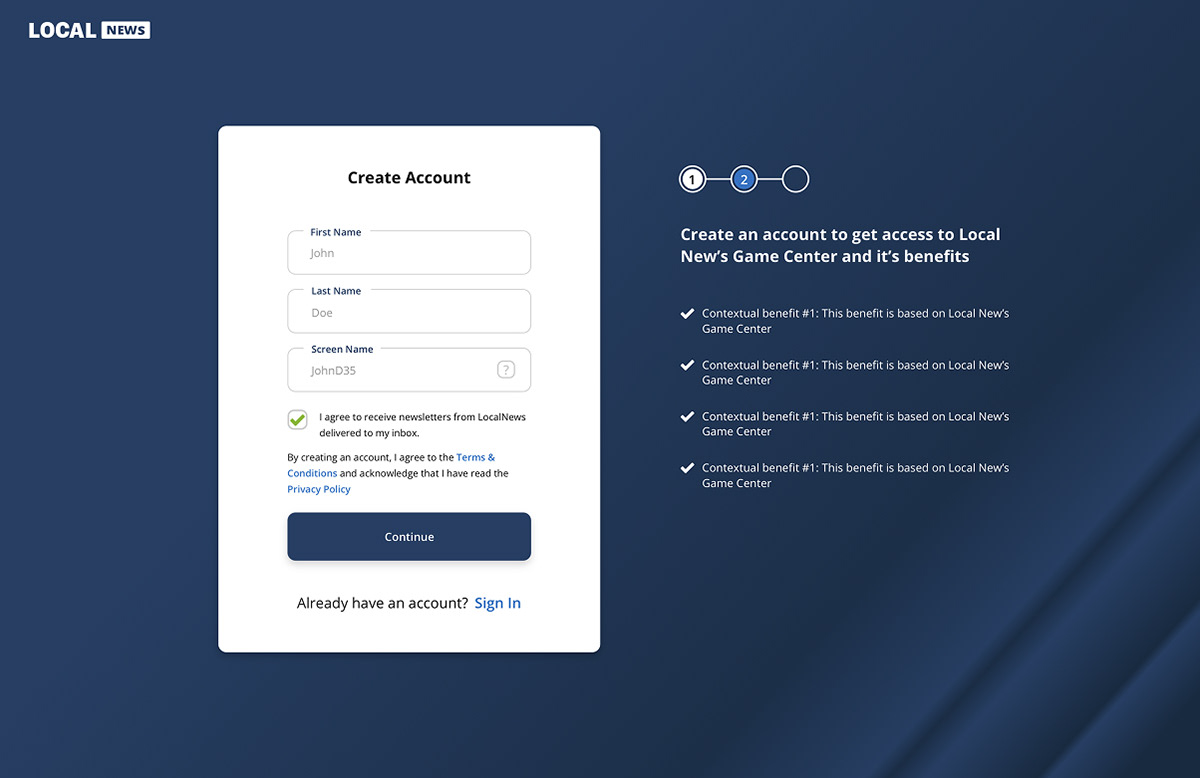
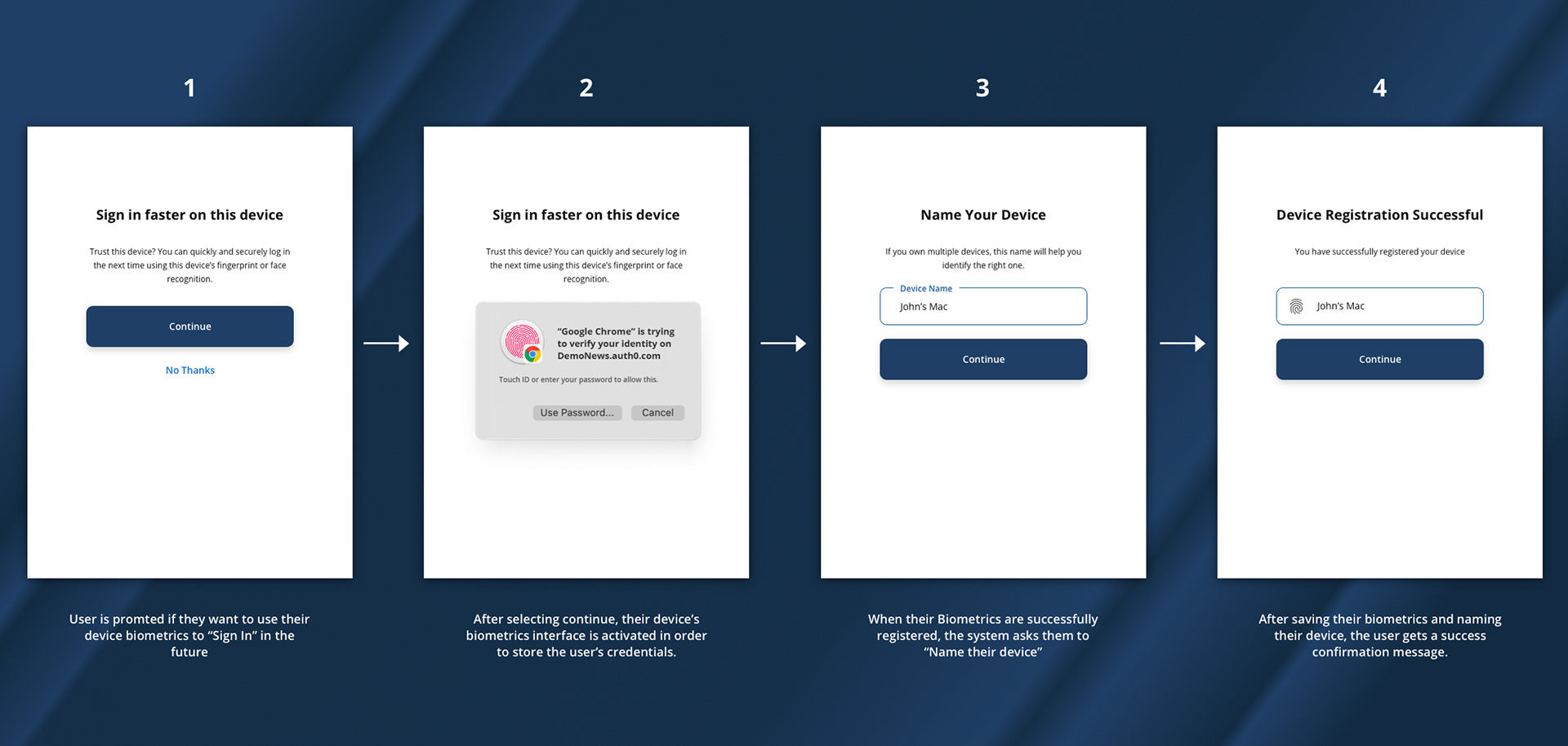
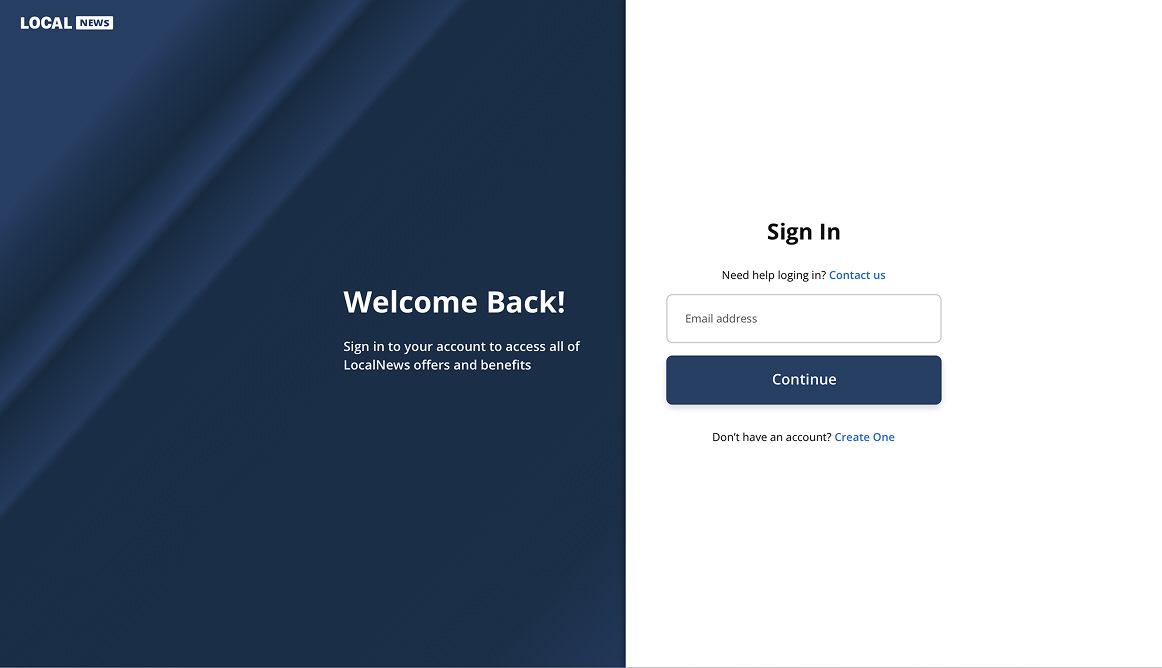
Final Designs
The final sign-in and registration design focused on delivering a clean, intuitive experience that users could trust. Key interactions were simplified, error states were made clear and actionable, and mobile responsiveness was built in from the start. Each Sinclair brand was able to maintain its visual identity while following a consistent and scalable authentication pattern. Accessibility and performance were validated throughout the process to ensure a fast, inclusive experience for all users.
Prototype and User Testing
I developed high-fidelity prototypes covering key sign-in scenarios, including first-time login, password recovery, multi-factor authentication, and social login. These prototypes allowed stakeholders and developers to align early on branding, interaction flows, and Auth0 integration points. Internal usability reviews with QA and product teams helped validate the experience, leading to small refinements around button clarity, loading feedback, and accessibility. Early testing confirmed the new sign-in was faster, more intuitive, and better aligned with user expectations.
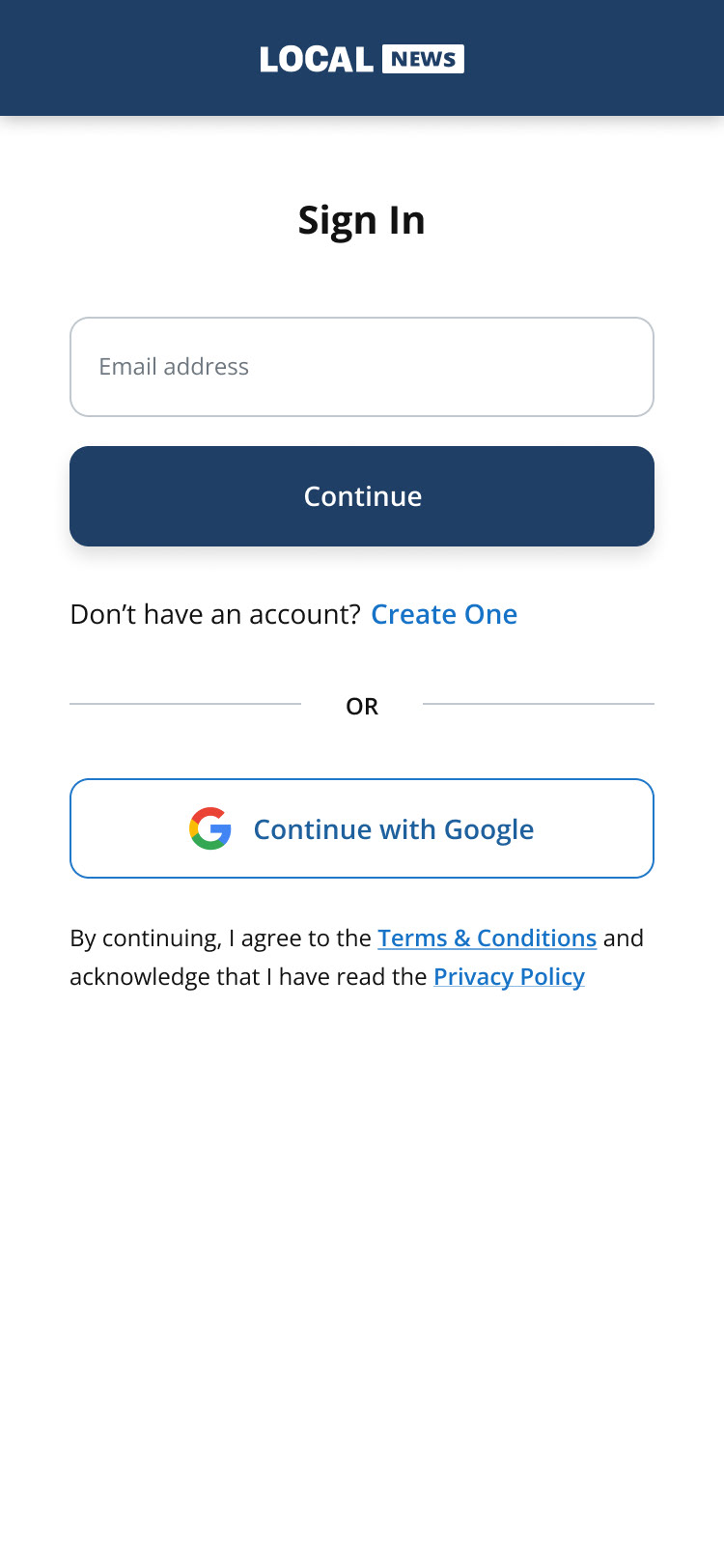
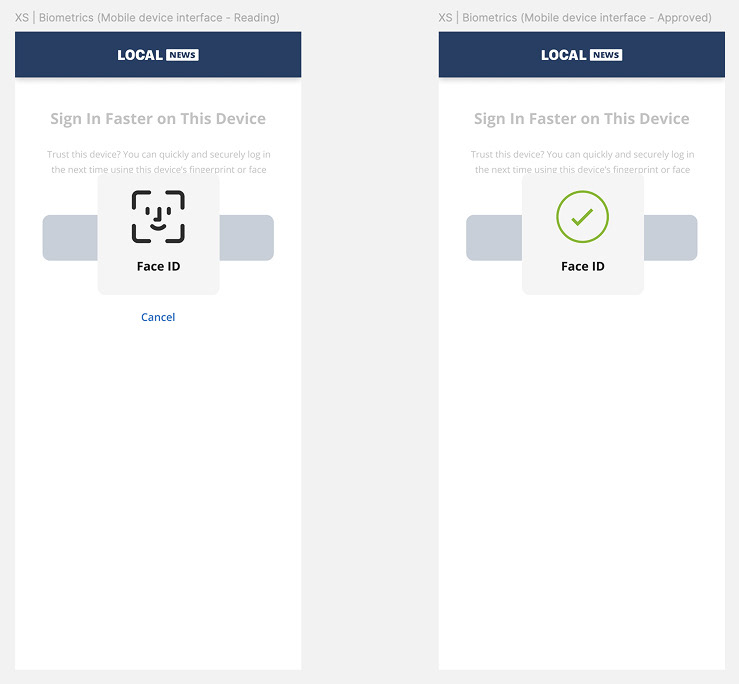
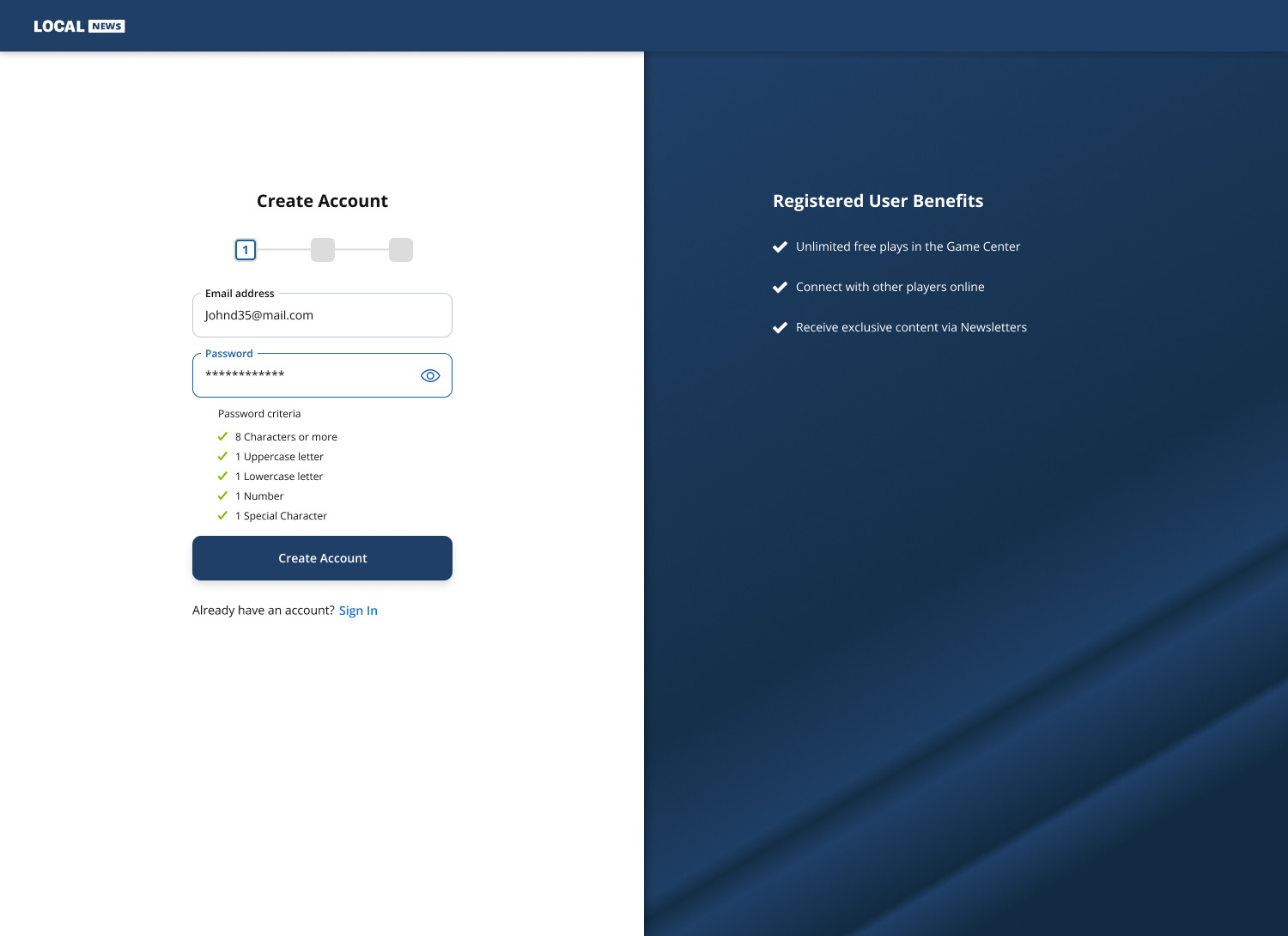
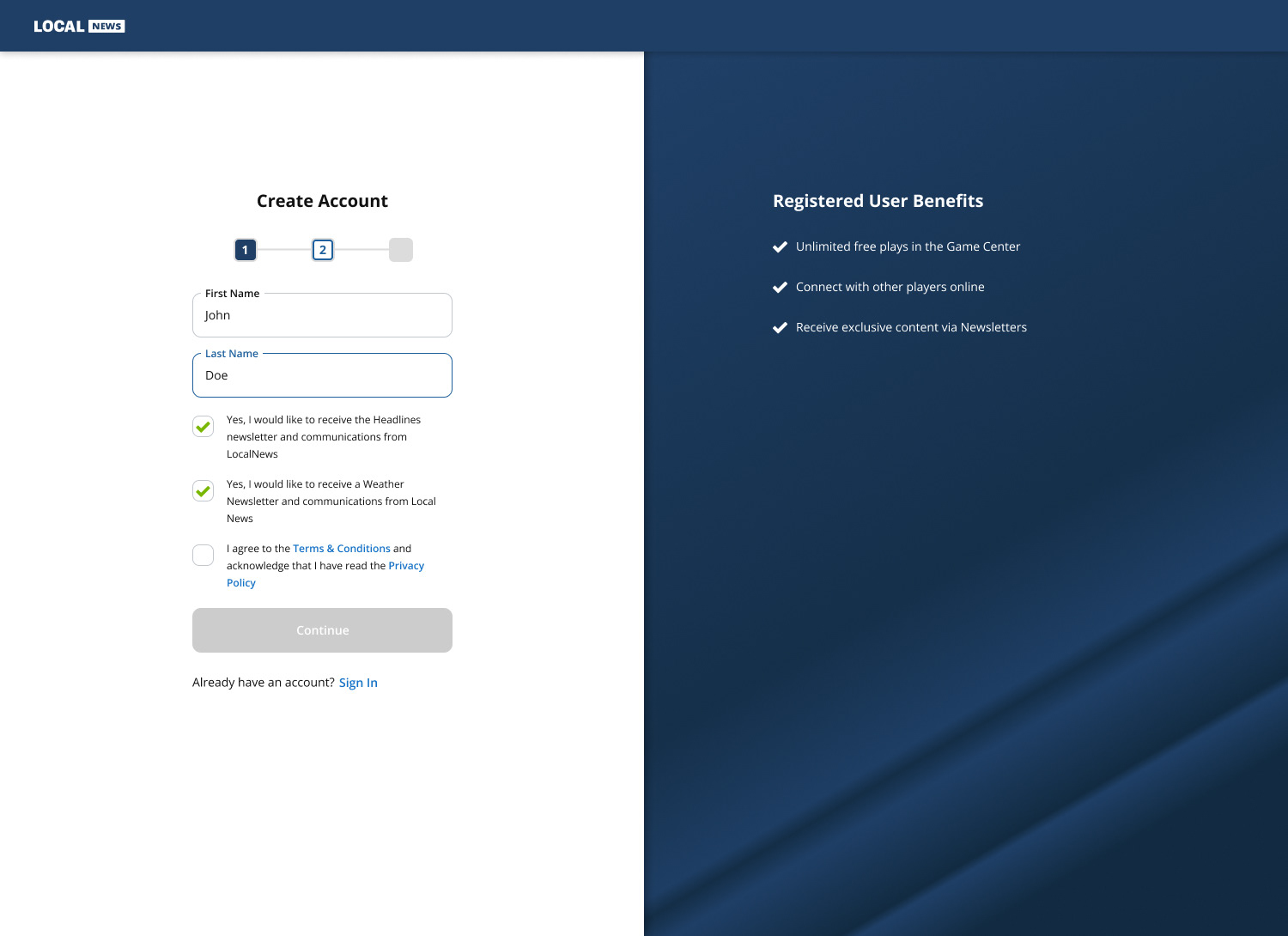
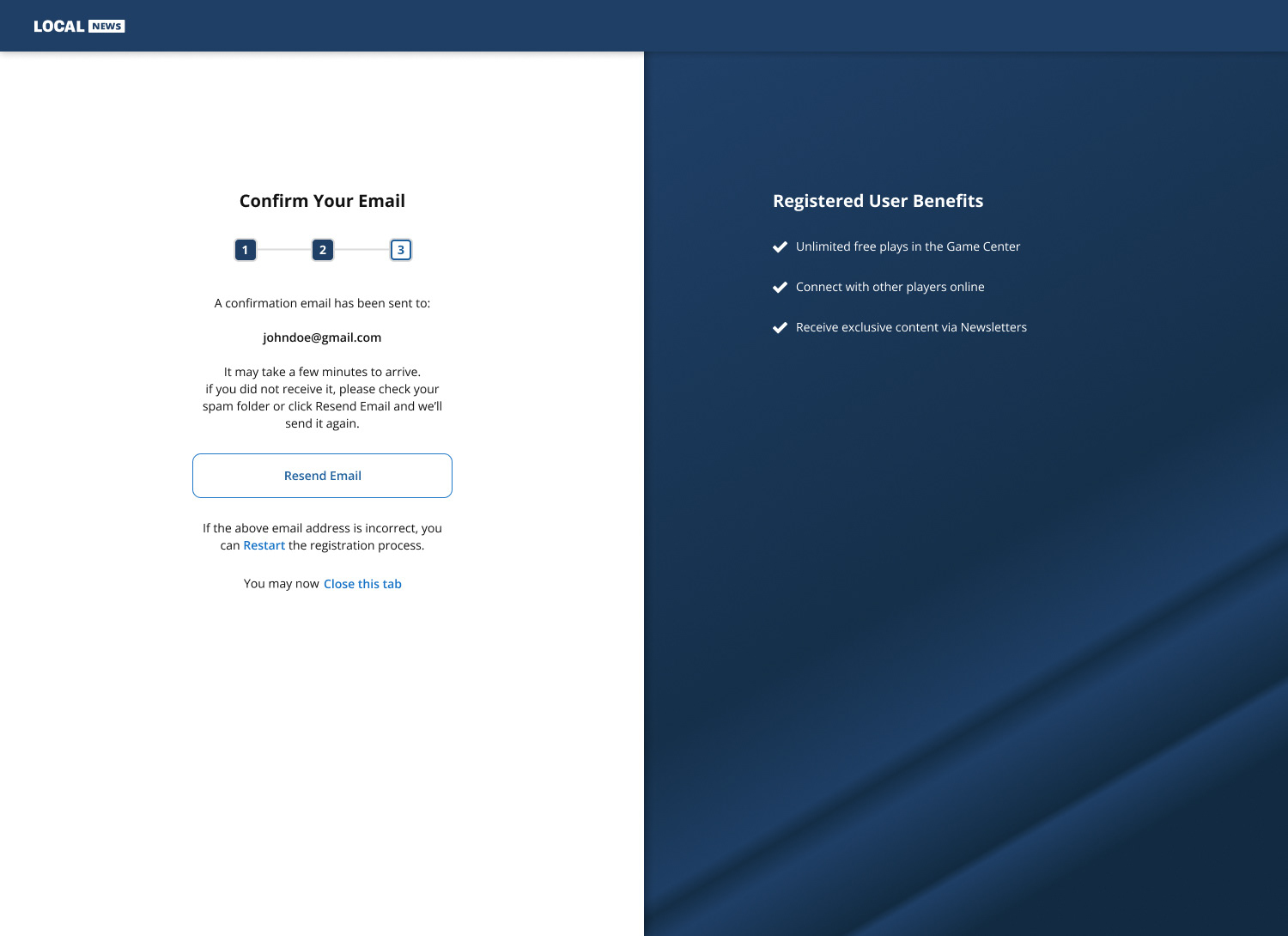
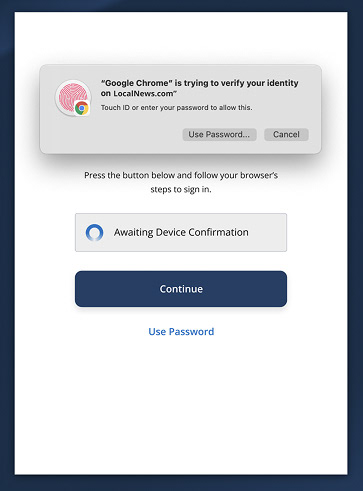
Results and Outcomes
The redesigned sign-in experience delivered faster authentication times, reduced user drop-off, and improved support outcomes across Sinclair’s platforms. Early feedback from stakeholders and QA teams highlighted major gains in usability, security, and brand consistency. The design also made it easier to introduce new onboarding experiences and user personalization features and adapt to evolving security needs, positioning Sinclair for greater scalability and long-term user trust.
Highlights
- Reduced login friction and drop-offs, significantly improving user retention (confidential results)
- Revitalized the commenting journey, increasing engagement and participation
- Integrated SSO, biometrics, and multi-factor authentication for modern security
- Opportunities for community growth, redesign user profile & adding user personalization features.
Learnings and Next Steps
This project reinforced the importance of balancing security requirements with user experience, especially in high-traffic authentication flows. Through iterative testing and close collaboration with product, engineering, and security teams, I learned how early prototyping and technical alignment can significantly reduce friction later in the process.
As with many large-scale implementations, corporate priorities, budget constraints, and shifting timelines occasionally limited the immediate rollout of some creative solutions. Features like Google Sign-In, for example, were initially delayed and integrated later as resources allowed. These constraints highlighted the need for flexible roadmapping and reinforced the value of designing scalable foundations from the start.
While the redesigned sign-in experience delivered major improvements in speed, clarity, and trust, authentication patterns continue to evolve. Future opportunities include exploring passwordless login options, deeper mobile biometric integrations, and even smarter recovery flows based on user behavior.
Improving the sign-in experience is an ongoing process, and we are actively iterating on new enhancements to stay ahead of security standards, user expectations, and emerging technology trends.
